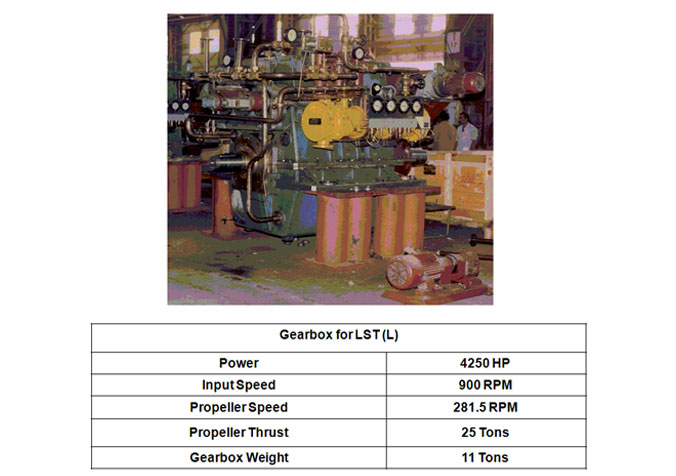
Api 613 Latest Edition
API 653, Tank Inspection, Repair, Alteration, and Reconstruction, Fifth Edition, is a standard developed and published by the American Petroleum Institute (API) and covers the inspection, repair, alteration, and reconstruction of steel aboveground storage tanks used in the petroleum and chemical industries. The first edition of API 653 was published in January of 1991.
Metallic flexible-element couplings are the primary typepermitted for API 671 (ISO 10441) applications. Only disc couplings and diaphragm couplings can be used in API 671applications. The application speed& torque are the primary determining factors as to which type of metallic couplingis best suited for the application. Gearand quill shaft type couplings are permitted in the API 671 standard but are notcommon.While the coupling meets the API 610 requirements;additional steps such as component serialization, precision balance, recordretention of 20+ years and an assembly print containing application informationare just some of the additional requirements needed to meet the API 671specification. This is to ensure that ahigh quality coupling was provided for a critical application and that sparecomponents can be produced decades into the future.
One feature of the API 671 specification are the variousmethods allowed to achieve and measure the residual imbalance.
- Method 1 only requires the major components toundergo balance verification but is limited to applications at or below 1,800rpm.
- Method 2 is the standard for applicationsoperating above 1,800 rpm. While themajor components are balanced as with Method 1, the coupling is fully assembledand the balance of the entire coupling is verified prior to shipment.
- Method 3 is similar to Method 1 where the majorcomponents are individually balanced. The coupling is then fully assembled and the coupling is balanced as asingle entity (where Method 2 only checked the balance of the couplingassembly). One limiting item is that method 3 balancing removes the ability tointerchange coupling components (with the exception of disc pack units) as thecoupling assembly was balanced as a cohesive unit.
Recommended Follow-On Reading: To learn about API610 Couplings, we recommend: API 610 Standard - Coupling Highlights
Similar to any lubrication system that provides constant lubrication and protection for compressors‚ steam and gas turbines‚ diesel engines‚ API 610 and API 614 lubrication systems provide lubrication to rotating equipment used to support process operations. API 610/API 614 pumps and lubrication systems are used throughout the upstream‚ midstream and downstream sectors of the oil and gas industry.
The requirements of an API 610/614 lubrication system are well documented in the API specification document. In a typical system‚ oil flow rate‚ pressure and viscosity are determined by the requirements of the equipment being lubricated. These systems also utilize pumps‚ strainers or filters‚ relief valves‚ piping and heat exchangers to provide the necessary lubrication throughout a wide operation range. The pump within a Baric branded API 610/614 lubrication system is typically provided by either IMO‚ Allweiler or IMO AB branded three screw pump.
For users operating centrifugal pumps in a refinery environment‚ users may also consider Oil Mist Generators furnished by Total Lubrication Management. Hunter x hunter chimera ant episodes. Oil Mist Generators support multiple centrifugal process pumps within a refinery and offering exceptional value particularly in hazardous environments.